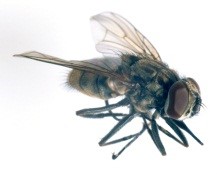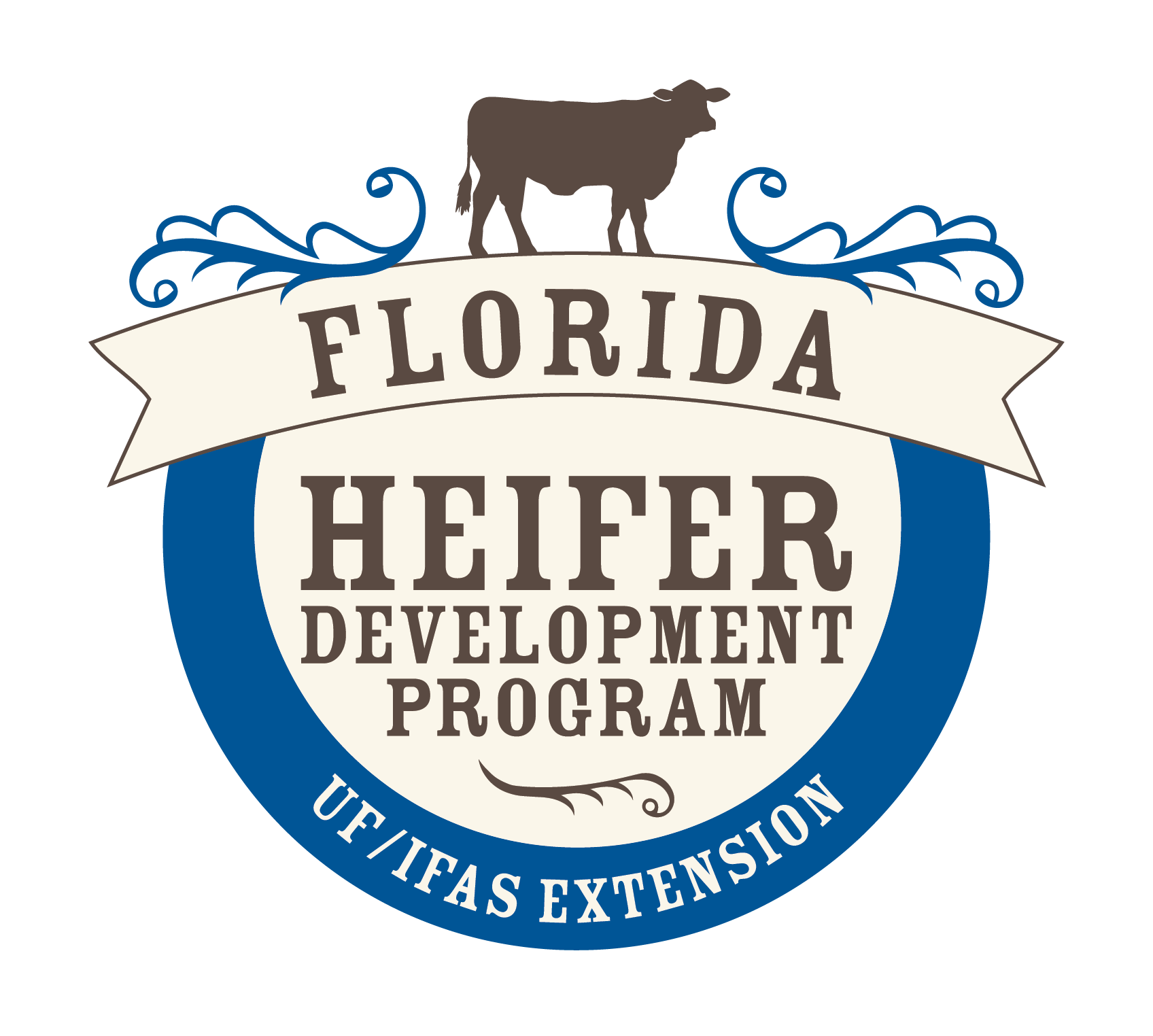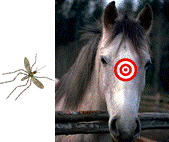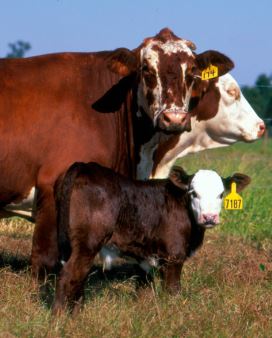
by Kalyn Waters | May 6, 2016
With a warm winter in the southeast and an early spring, many producers are already noticing the presence of flies in their beef cattle herds. The most common and costly of these flies is the Horn Fly. It is estimated that economic losses due to horn flies are $36...

by Kalyn Waters | Apr 29, 2016
The Florida Heifer Development Program Annually beef cattle producers are faced with the decision of how to replace unproductive females within their herd. For most large commercial ranches, developing their own replacement heifers is a viable option, but for many...

by Jennifer Bearden | Apr 22, 2016
Eastern Equine Encephalitis (EEE) is a disease that is transmitted by mosquitoes. EEE most often infects horses but can also infect humans. There is no vaccine for humans and approximately 1/3 of those infected die of the disease. The majority of those who survive,...
by Doug Mayo | Apr 22, 2016
101 ranchers, UF/IFAS Extension Agents and Specialists, allied industry representatives, and graduate students participated in the 2016 UF/IFAS North Florida Research and Education Center’s Beef & Forage Field Day held on Friday April 15th at the Beef...
by Doug Mayo | Apr 8, 2016
The August 2016 Feeder Cattle futures contract declined by $1.30 cwt. during March. Based on this futures price decrease, August Feeder Cattle revenues decreased by approximately $9.75/hd. ($1.30/cwt. * 7.5 cwt.) on a 750-pound feeder steer which amounts to $650.00...

by external | Apr 1, 2016
Glenn Selk, Oklahoma State University Emeritus Extension Animal Scientist Cow calf producers with fall-calving cows have options as to the optimum date to wean the calves. Traditionally fall-born calves are weaned at an older age than spring-born calves. Late summer...





